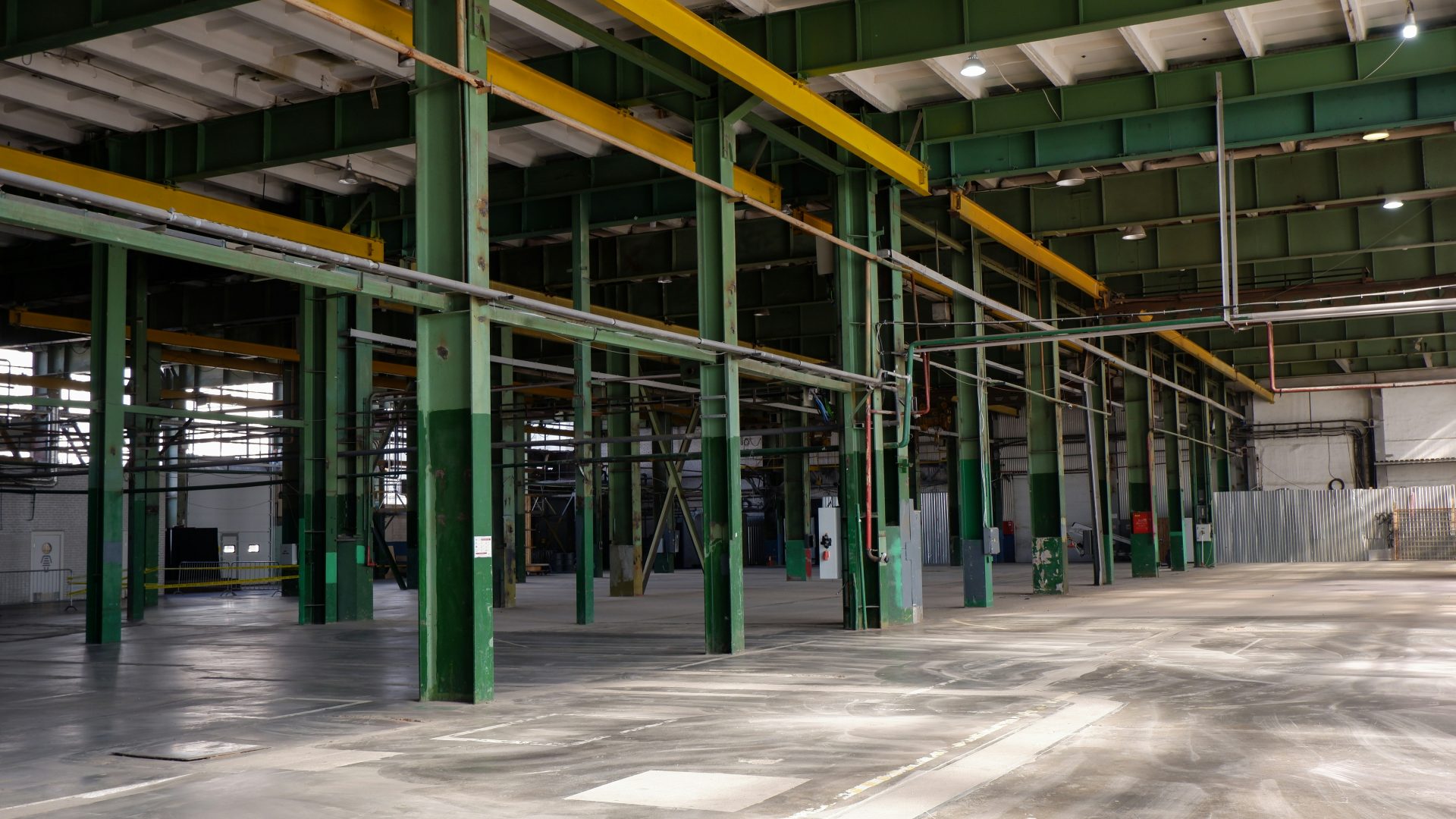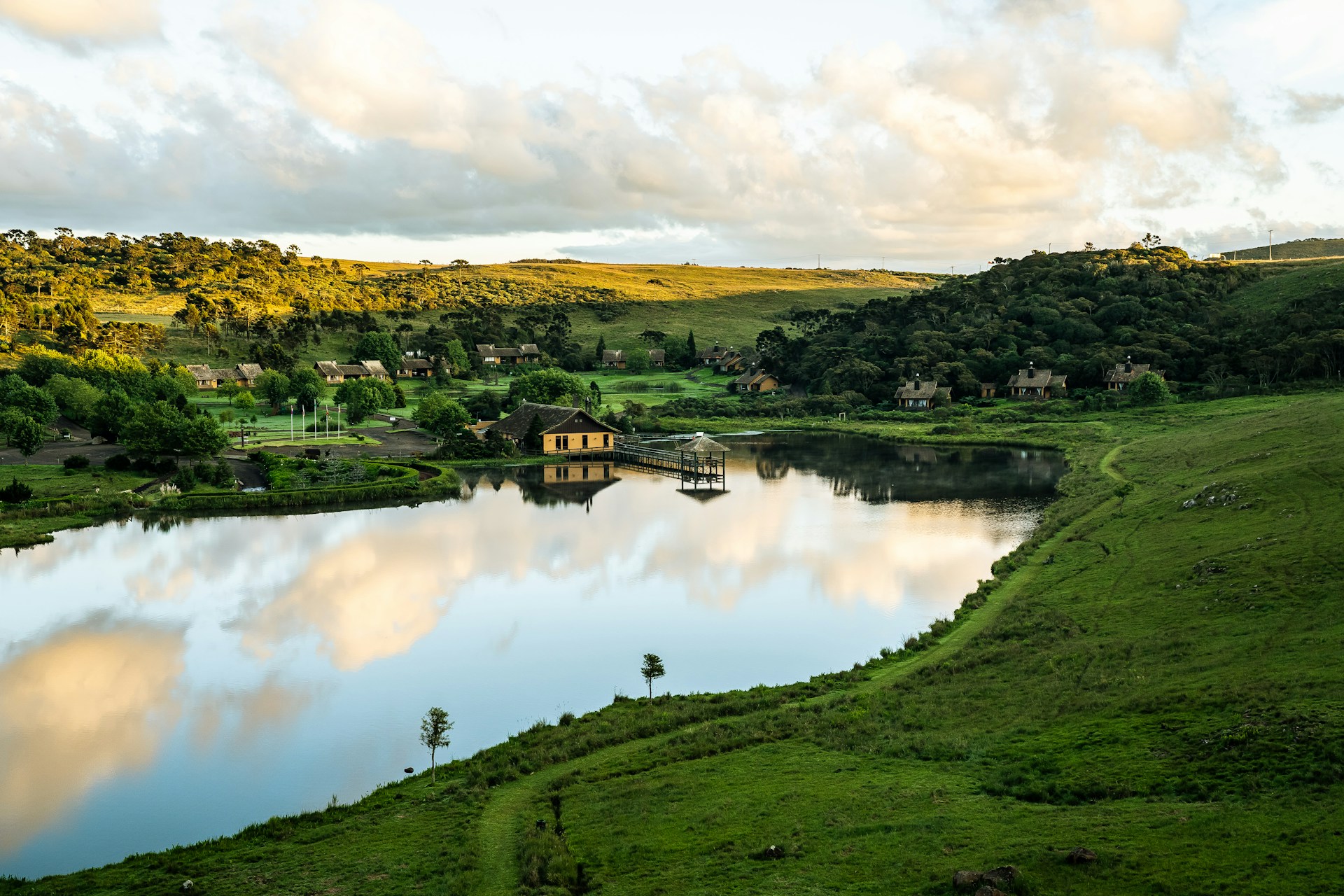How Latin America Can Become a Hub for ‘Green Factories’
Latin America has historically almost been cursed by the natural resources that it holds, with wealthier countries exploiting them for their benefit. However, at the same time, it is now in a unique position to become a global hub for green factories, with the demand for sustainable production ever-increasing. Moreover, the region has started to develop rapidly in integrating sustainable practices across areas such as production, logistics, and infrastructure. This has translated into positive foreign investment, mostly from China and the Asian market. So, what factors are in play here that could make Latin America a hub for green factories? Let’s dive in.
Economic Context and Investment
The economic situation is never plain sailing in the region, but according to the World Bank, LATAM is estimated to continue growing at 2.3%, and hopefully, with lower interest rates from central banks, there will continue to be increased investment. In the cases of Chile and Colombia, specifically, there has been big investment in wind and solar panorama, which matches their growth trajectory, too.
Chile also became the first country in the world to issue bonds for sustainability goals being reached, with $2 billion raised thanks to that policy. And the rest of the continent has largely followed suit, with Uruguay doing the same to raise $4 billion. Additionally, Ecuador implemented a debt-for-nature swap, which would allow savings generated to go towards protecting the Galapagos islands.
Sustainable Production
Brazil, Chile, and Colombia all have huge reserves of renewable energy resources. In fact, LATAM has the largest share of modern renewables thanks to extensive bioenergy processes, biofuels, and hydropower electricity generation. LATAM is also home to the cleanest electricity matrix in the world, with plentiful lithium reserves. Fossil fuels only account for around 66% of the region’s energy mix compared to the global average of 80%.
Argentina’s renewable energy capacity has tripled since 2015, thanks to the government’s commitment to generating 20% of its electricity from renewable sources by 2025. Brazil also generates over 80% of its electricity from renewable sources, with hydropower being the most significant contributor. This reliance on clean energy, in turn, reduces the carbon footprint of manufacturing operations in the country.
Green Logistics
An often overlooked aspect of sustainability in manufacturing operations is the potential in logistics. But actually, the region’s extensive river systems, most notably the Amazon and Paraná, offer a route to focus on low-emission transportation through vast inland waterways. Brazil is already well underway to make the most of this potential, with the government investing in developing the “waterway mode,” which is more energy-efficient than road and rail transport. Additionally, the region is making big investments in dry canals that will allow for continued trade between countries that wouldn’t be disrupted by huge logistical problems, such as those that affected the Suez Canal.
Other Latin American countries are considering similar measures by adopting electric and hybrid vehicles for freight transport. In Mexico, the government has introduced incentives for companies to transition to electric trucks, with the goal of reducing greenhouse gas emissions by 35% by 2030. Similarly, Colombia has launched initiatives to promote the use of electric buses and trucks in urban logistics, aiming to cut down air pollution in major cities.
Sustainable Infrastructure
Investment in green buildings and sustainable urban planning can also drive LATAM’s transformation into a hub for environmentally friendly manufacturing. Green building practices have been thriving in Colombia, where the adoption of green building standards has led to a surge in the construction of energy-efficient factories and warehouses.
The country’s Green Building Council reports that the number of LEED-certified buildings has increased by 500% over the past decade. These buildings are designed to minimize energy consumption, reduce waste, and improve the health and well-being of occupants, which, if used for the construction of factories, can contribute to the sustainability of manufacturing operations.
Challenges and Opportunities of the Political Climate
As has always been the case, political instability in LATAM can be temperamental and sometimes explosive. You only have to look at the situation in Venezuela, where recently, a government-controlled electoral authority declared Nicolás Maduro the winner of the presidential election and granted him a third consecutive term in office, sparking nationwide protests.
However, at the same time, new governments have been instated in 2023 that could speed up the green transition in the region. For example, in Brazil, their new congress is expected to soon pass regulatory frameworks for offshore wind and green hydrogen, which would unlock a massive amount of investment. With regards to green manufacturing specifically, there are some favorable trade agreements in the form of the USMCA and Mercosur, which only improve the appeal of LATAM as a manufacturing destination. They provide LATAM manufacturers with important access, while highlighting sustainable trade practices.
LATAM is poised to become a hub for green factories if it can continue leveraging natural resources, implementing positive sustainable policies, and focusing on sustainable practices for production, logistics and infrastructure. Investment will also be a crucial element in making this happen, and represent a huge step in the global transition to green manufacturing.
Article by Christian Struve, Cofounder and CEO of Fracttal



